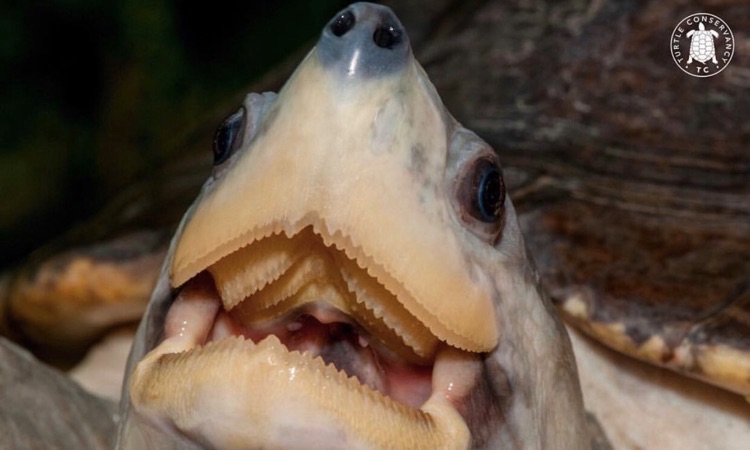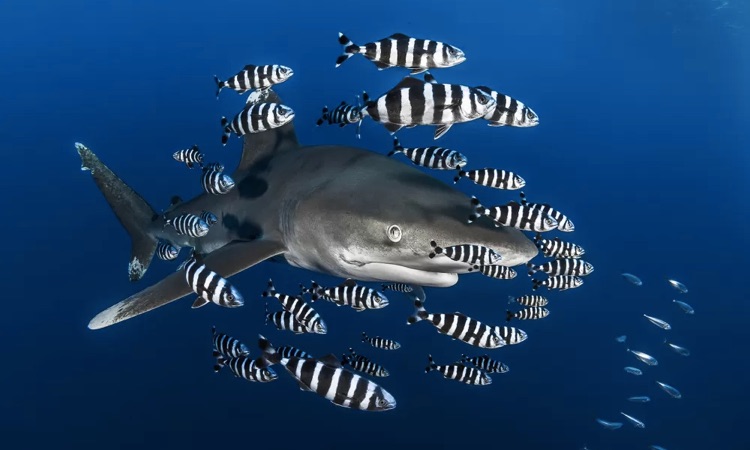The jack crevalle, also known as the crevalle jack, is a large marine fish that falls under the family Carangidae. It can also be classified as part of the horse mackerel family of fish.
The jack crevalle is found in the tropical and temperate waters of the Atlantic Ocean. From Nova Scotia in Canada to Uruguay in the western Atlantic and Portugal to Angola in the eastern Atlantic, including the Mediterranean Sea. Read on to learn more.
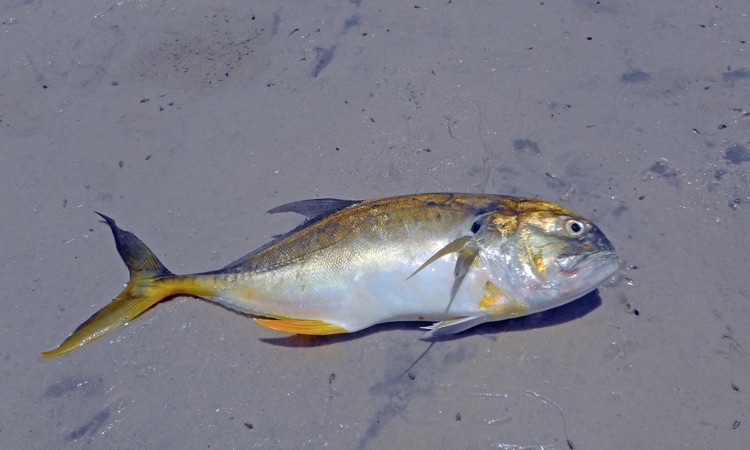
Appearance
The crevalle jack reaching lengths of up to 125 cm and weights of 32kg. These fish are rare at lengths greater than 65cm. There have been reports of Caranx exceeding 150cm in length.
The jack crevalle is morphologically similar to many other deep-bodied carangids. Its body is elongated and moderately compressed, with a dorsal profile that is more convex than its ventral profile, particularly anteriorly. The eye is protected by a fatty eyelid. The back end of the jaw hangs over or extends past the back margin of the eye.
The dorsal fin of the fish is forked into two parts. The front section has eight thin and stiff spines, while the back section contains one spine with 19-21 soft rays that ripple in the water. The lower, rearmost fin also has two spines at its base.
These are not connected to any quill-like supporting structure as in most other fish species. This is followed by another single spine and 16 or 17 more soft rays again rippling behind it in the water.
The upper jaw contains a series of strong outer canines, with an inner band of smaller teeth. The Lower jaw has a single row containing all the species’ teeth. In total, there are 35 to 42 gill rakers and 25 vertebrae present in this animal.
The colour of the crevalle jack fish varies from green to blue or black on its back. While its belly is silver or golden.
There is a dark spot on each pectoral fin, and a similar dark to dusky mark along the upper edge of the bony flap that covers part of the gills. Young fish have around five vertical bands, but these fade as they reach adulthood.
Distribution
The crevalle jack fish is found in the tropical and temperate waters of the Atlantic Ocean, stationed along both European and American coastlines.
The southernmost record of this species in the western Atlantic comes from Uruguay. It ranges north along the Central American coastline and is present throughout the Caribbean islands and many archipelagos within. The distribution of this species is patchy throughout other Caribbean archipelagos, but it can be found throughout the Greater Antilles.
The jack crevalle is a fish that can be found in the Gulf of Mexico, along the US coast and as far north as Nova Scotia. It also inhabits several northwest Atlantic islands, including Saint Helena Island.
Angola has the southernmost record in the eastern Atlantic. Meaning that this is where you’re likely to find this species. This particular type of fish then swims north along the west African coastline until it reaches West Sahara and Morocco. You’ll also find this fish distributed throughout much of the Mediterranean Sea.
The Mediterranean is where this species ranges the farthest east, Libya in the south and Turkey in the north. And that includes most of the northern Mediterranean Sea, including Greece, Italy and Spain.
In Portugal lies its northernmost record in the eastern Atlantic Ocean. It can also be found around Cape Verde, Madeira Island, and the Canary Islands.
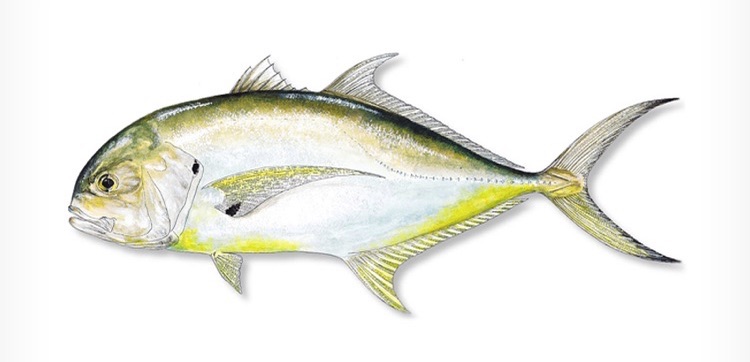
Habitat of the Jack Crevalle
The jack crevalle fish lives in both nearshore and offshore areas, with bigger adults generally enjoying deeper waters than younger fish. In the nearshore environment, these Jacks can be found on shallow flats, sandy bays, beaches, seagrass beds by reefs and lagoons.
The species is also known to enter brackish waters, with some individuals known to penetrate far upstream. However, like most species that can tolerate a wide range of salinities, they generally do not penetrate very far upriver.
The water’s salt levels that the species has been seen in vary from 0% to 49%, so it can adapt well to different types of waters. In West Africa, there were significant differences in the population’s male-to-female ratios based on whether they lived in brackish waters. Females almost never survived to maturity in those harsher conditions.
New research in Ghana’s coastal waters suggests that food availability is the primary factor controlling the distribution of species on the continental shelf. Adults who move offshore generally don’t leave shelf waters, but they can penetrate to depths of 350 meters or more.
These fish tend to live on outer reef edges, sill reefs and upper slopes of deep reefs, and they are generally more solitary than juveniles.
Like the blue runner, they have been seen near oil rigs hunting their prey. They use the man-made structures as though they were reefs.
The larvae live in open water far from shore, along continental shelves and slopes. They are also known to come together around oil platforms and natural floating debris like sargassum mats.
Diet and Prey
The crevalle jack is a predatory fish that mostly preys on other small fishes, with invertebrates generally being of less importance to its diet.
The diet of this species changes a great deal depending on location and age, with fish making up the majority. The most comprehensive study was done in the Southern USA and found that fish made up between 74 and 94 percent of its diet. The remainder of its diet was made up of various prawns, shrimps, crabs, molluscs and stomatopods.
Digestion in the species is so rapid that food becomes unidentifiable within four to five hours of consumption. Both adults and juveniles feed throughout the day but generally become inactive at night.
Not only does the jack crevalle serve as an important prey species, but it is also commonly consumed by larger fish, such as billfish and sharks. Its spawn is also planktivorous organisms’ primary food source, including whale sharks in Caribbean waters.
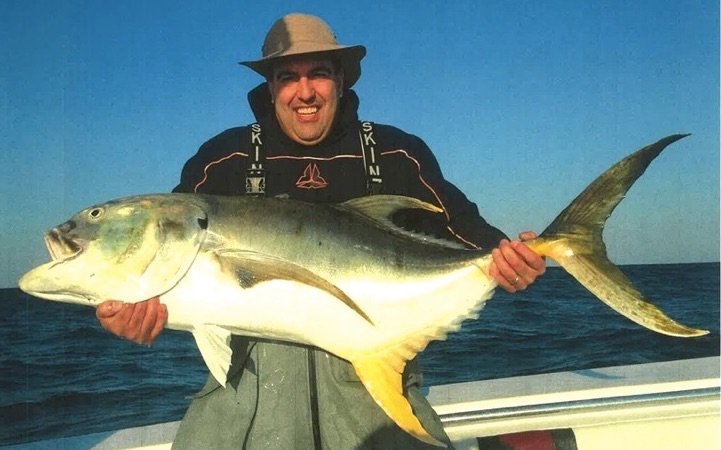
Fishing and Eating
The crevalle jack is an extremely vital fish to many commercial fisheries, with the majority being caught in the eastern Atlantic. For some of these fisheries, it is one of their most plentiful species and thus plays a huge role.
The reported amount of fish caught in the Americas annually has fluctuated between 150 and 1300 tonnes since 1950, but more recently catches have only been190 to 380 tonnes a year.
A large majority of the western Atlantic catch is from Florida, although other Caribbean fisheries, such as Trinidad, play a role in taking many of these fish.
The average catch size for this fish is much larger in the west, with figures between 1000 and 38 000 tonnes recorded per year since 1950. Crevalle jack can be caught utilizing a number of methods. This includes but not limited to haul seines, gill nets, purse seines, trawls, handlines and trolling lines.
The many Trinidad fish species means that fishermen can use several different methods to catch them. These include demersal trawls, artisanal gill nets and beach seines. This highlights just how important these fish are.
In Trinidad, there is an additional market for fish that are caught recreationally. This not only adds to the overall quantity of fish sold, but also increases the variety of ways in which they can be sold. Jack crevalle can be bought fresh, frozen, salted and smoked, as well as being used for fishmeal and oil.
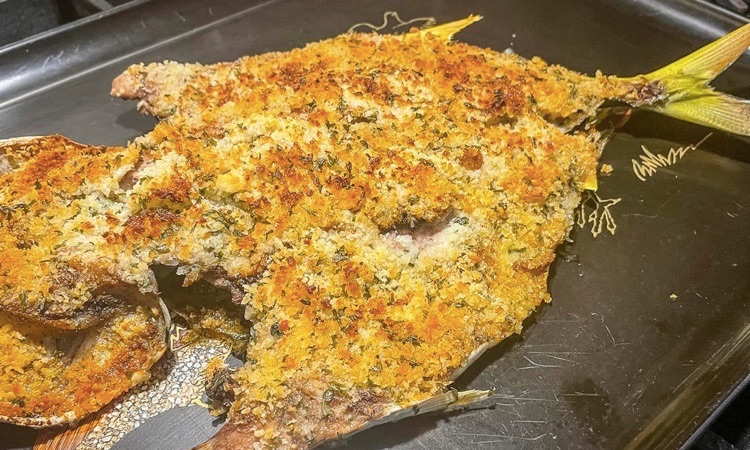
Game Fishing
The jack crevalle is a popular choice for many anglers due to its abundance and fighting ability. Although not much commercial data exists, amateur fishing reports estimate that 400 to 1,000 tons are caught every year in the United States alone.
The crevalle jack is a popular targets for several fishing tournaments in Trinidad. This species can be caught from boats or from land, such as piers or rockwalls. Fishermen often target regions where depth suddenly changes, such as channels, holes, reefs or ledges that have strong currents and eddies.
The fish take both live and cut baits, as well as a variety of artificial lures. However, when the fish are in feeding mode, they rarely refuse anything they are offered.
Some popular baits include live fish such as mullet and menhaden, or dead or strip baits consisting of fish, squid, or prawns. Crevalle jack readily accept any style of lure including hard-bodied spoons and jigs plugs and poppers – even flies and soft rubber lures!
According to long-term observations, the species appears to prefer yellow lures over any other colors. The tackle is usually kept light, but anglers use heavy monofilament leaders to keep the fish’s teeth from damaging the line.
Jack crevalle are not recommended as good table fare. However some selection of younger fish and bleeding upon capture can give more appealing results. The flesh is red due to the red muscle of the fish, which affects both its appearance and taste.
According to many eyewitnesses, this fish snorts quite similarly to a pig when pulled from the water. Unfortunately, the crevalle jack has been known to carry ciguatera poisoning, although not as frequently as the horse-eye jack.
FAQ

